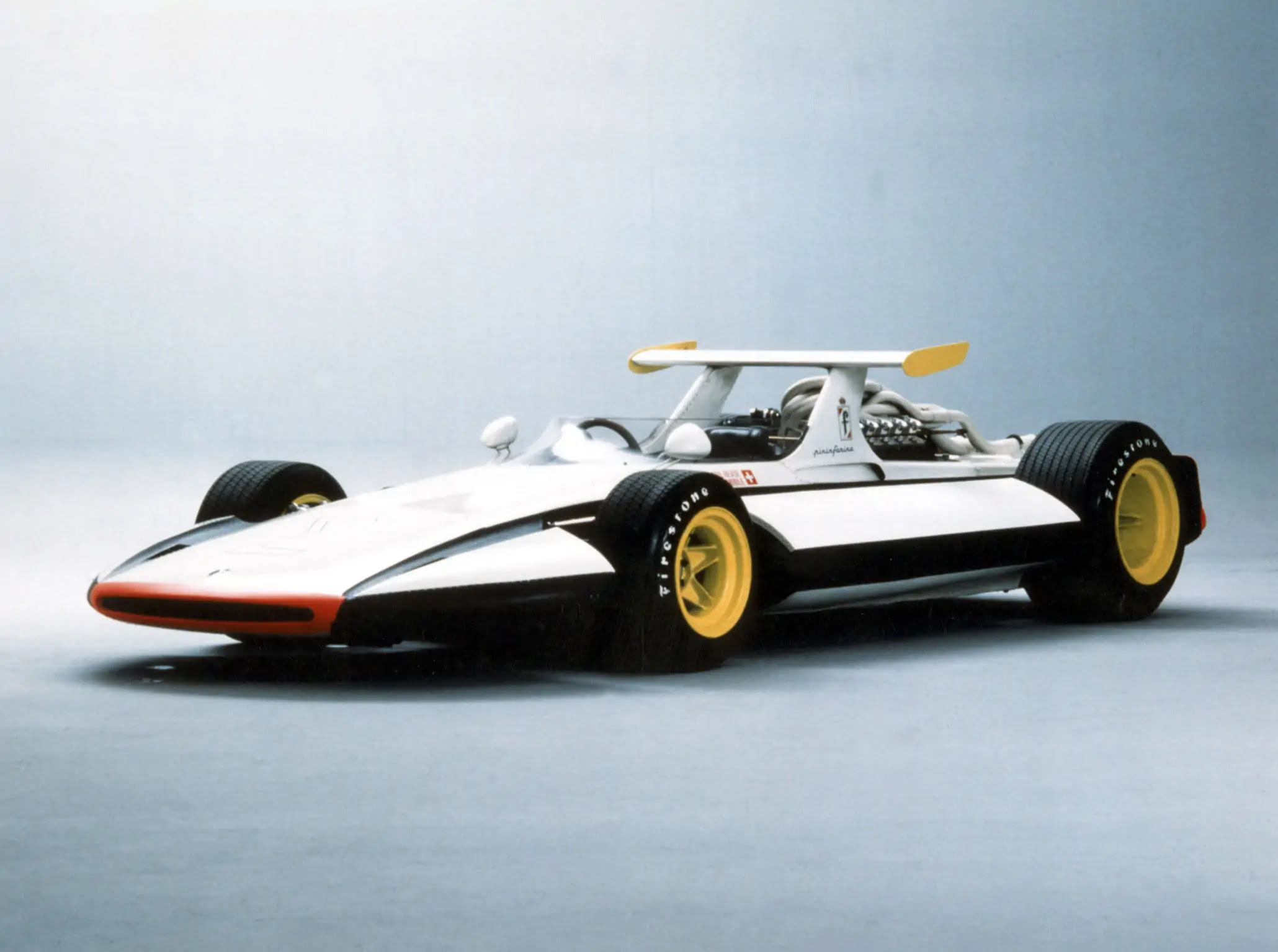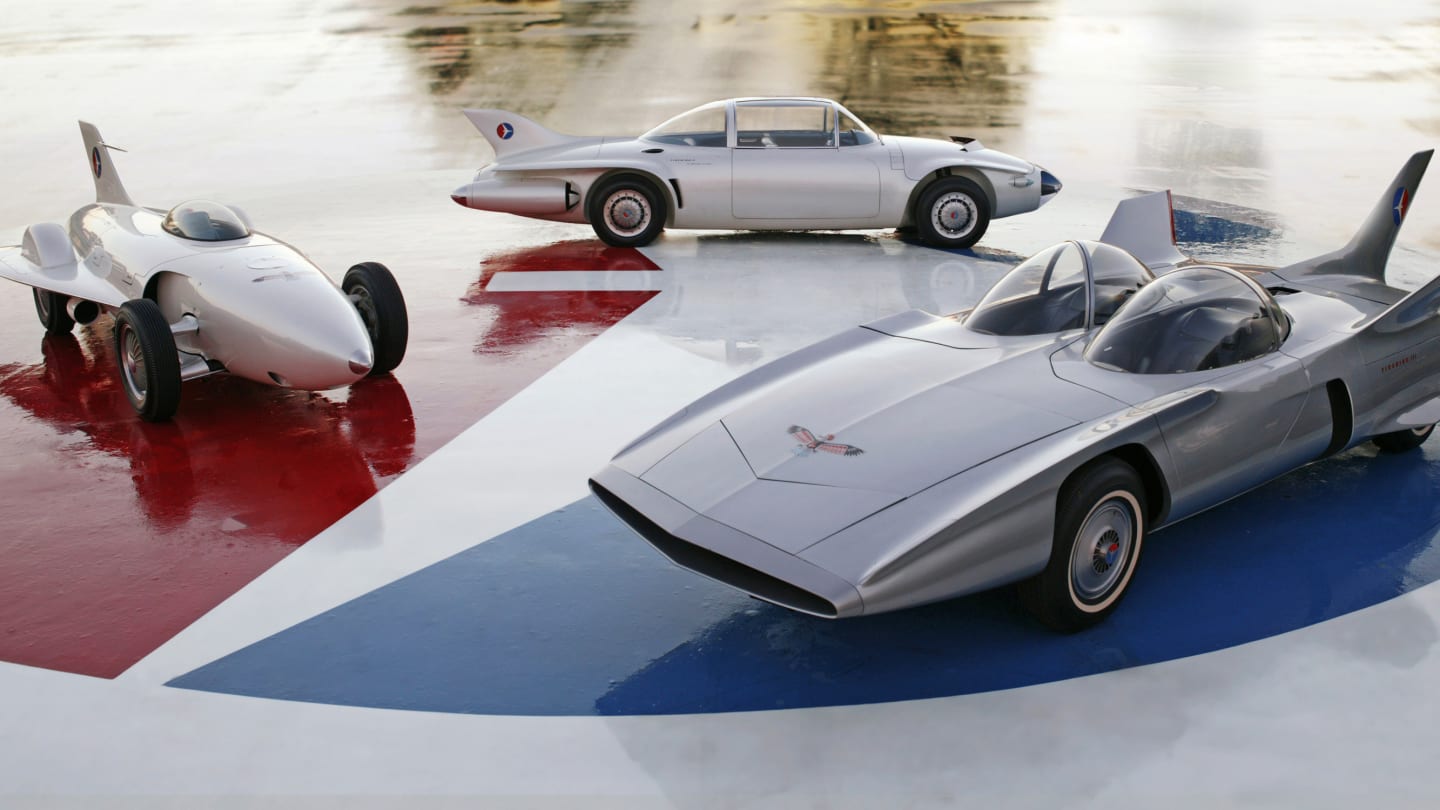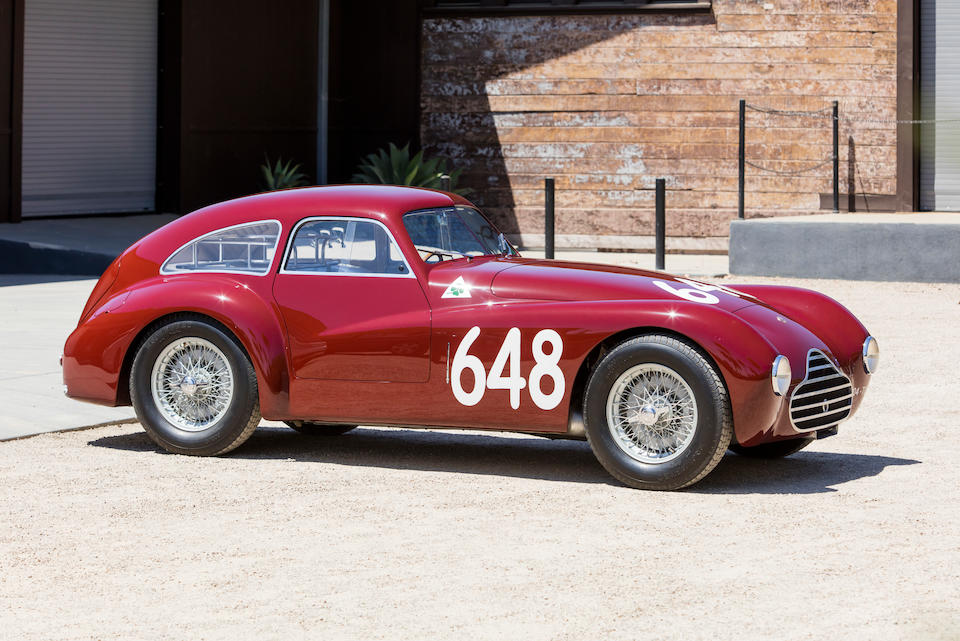Lone Stars: the Sixties
24 June 2023 2 min read 5 images

Throughout the history of the automobile, there have been numerous lone stars which, when you take a look at them today, continue to shine with their own light. None of them were created to become production cars, but rather to send out a message that was uninhibited by industrial and marketing constraints, signed by designers and the manufacturers themselves. Here comes the third part of our series on Lone Stars, based on intensive conversations with renowned Italian designer Lorenzo Ramaciotti: the 1960ies.
Register to unlock this article
Signing up is free and gives you access to hundreds of articles and additional benefits. See what’s included in your free membership. See what's included in your free membership.
Already have an account? Log In

